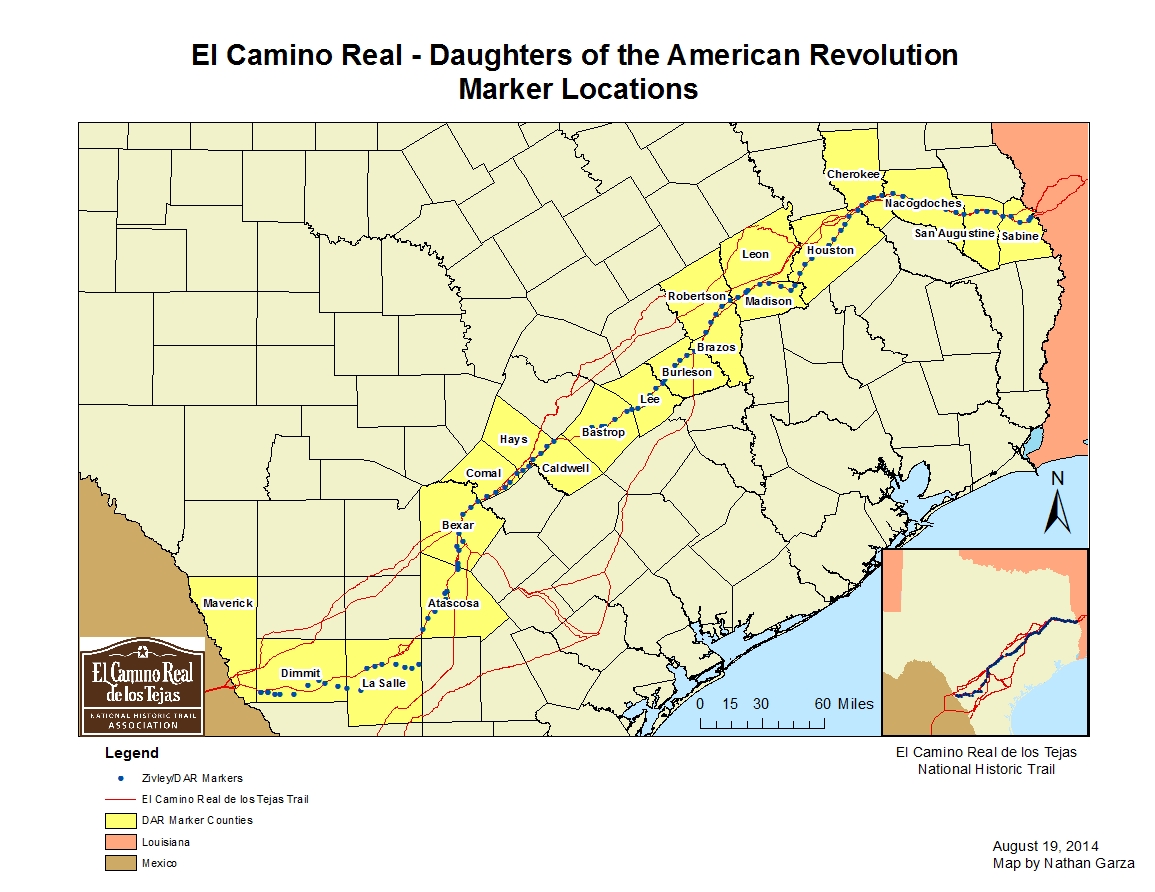

Over the next 300 years the 1,600-mile route brought settlers, traders, and soldiers from Veracruz, inland through Mexico City, north to Chihuahua, through present-day El Paso, to Socorro, Albuquerque, and, after its founding in 1610, to Santa Fe.Įl Camino Real Historic Trail Site tells this fascinating story of cross-cultural exchange and commerce from the trail’s prehistoric origins to the arrival of the railroad, which led to its demise.īy foot, hoof, and rail, the trail forever linked the history and peoples of Spain, Mexico, and the United States. These pathways enabled not only an exchange of goods, but also brought about an exchange of ideas, languages, and technologies.Īrmed with information from past explorers and with the assistance of Native guides, a Spaniard from Zacatecas, Don Juan de Oñate, led a group up what would become El Camino Real de Tierra Adentro and started the official Spanish settlement of New Mexico. Groups from the south brought goods such as copper bells, chocolate, marine shells, and live macaws. Tribes in what is now New Mexico traded such items as buffalo hides from the Plains, salt, slaves, pigments, and turquoise. Before the arrival of the Spanish, North American tribes traveled the trails that would become El Camino Real de Tierra Adentro, “The Royal Road of the Interior Land.”


 0 kommentar(er)
0 kommentar(er)
